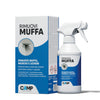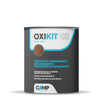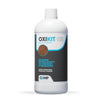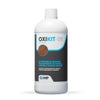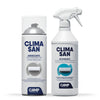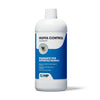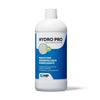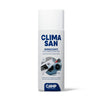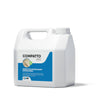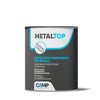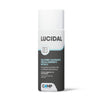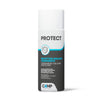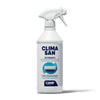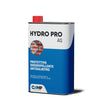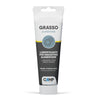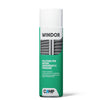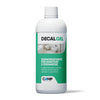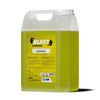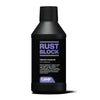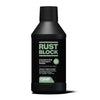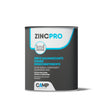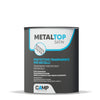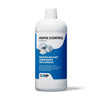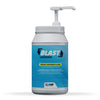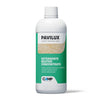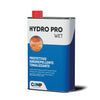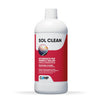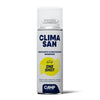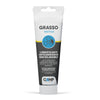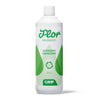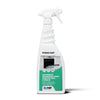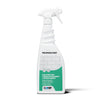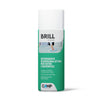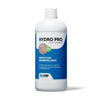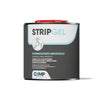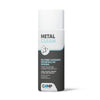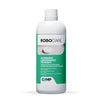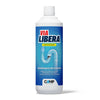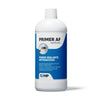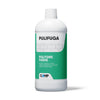Complete guide to water repellent treatment for porous limestone
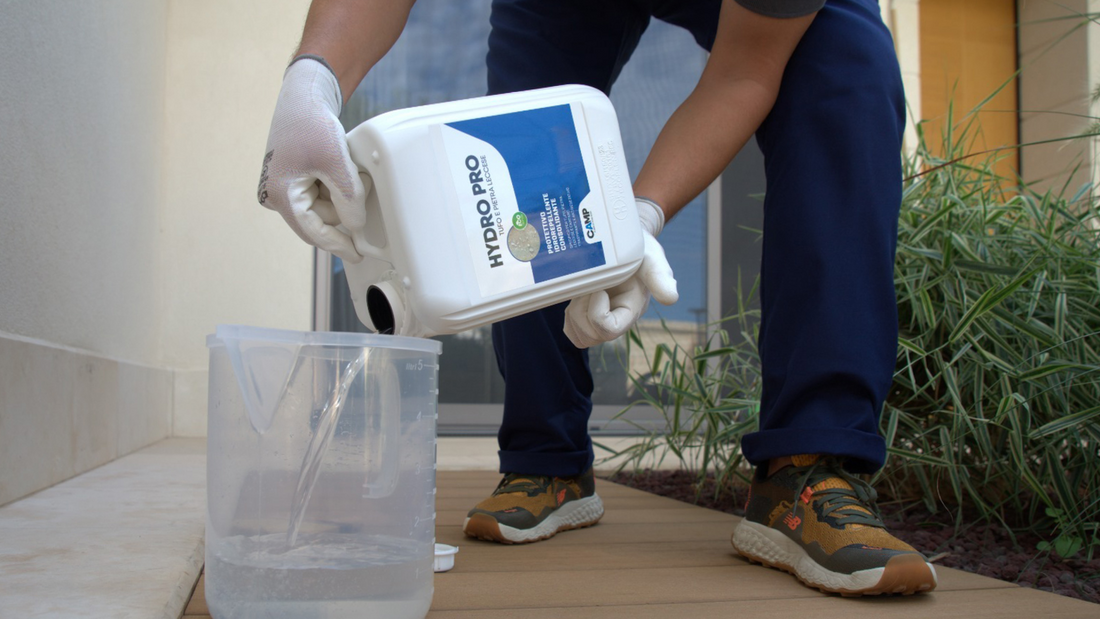
Protective treatment of porous stone materials is essential to prevent their deterioration caused, directly and indirectly, by water absorption. In fact, natural stone surfaces, especially those exposed outdoors, require specific care and treatment to preserve their beauty and integrity over time. In this article, we will explore the importance of properly treating porous limestone.
An overview of porous limestones and the phenomena of deterioration
Calcareous limestones are sedimentary rocks composed almost solely of calcite, which is a mineral consisting of calcium carbonate (CaCO3). The porous types of such stones are characterized by a structure that allows a high absorption of water and the substances dissolved in it (salts, pollutants, carbon dioxide, oxygen, etc.).), making them particularly vulnerable to various degradation phenomena (physical, chemical, biological and anthropogenic).
Water penetrating inside the stone material can have different origins: meteoric water, condensation moisture, rising damp, and leaks from water systems. Lecce stone, carparo, calcareous tuff, and travertine are typical examples of limestones that, due to their high porosity, require protective treatments to prevent structural damage, color changes, and the formation of surface dust.
The importance of proper protective treatment
Correct treatment of porous stones is essential to preserve their aesthetics, functionality, and structure. Ineffective or inadequate treatment can lead to problems such as yellowing, surface film formation, and induce accelerated degradation processes. These problems are often caused by the use of products that are not fully compatible with the specific substrates and, therefore, do not offer lasting protection.
In the worst cases, unsuitable products can create a non-breathable barrier that causes the detachment of the outermost part of the treated surface of the stone (the so-called "cap effect"). A suitable protective product must, on the other hand, create an invisible film capable of blocking the penetration of liquid water from the outside to the inside of the stone (water-repellent effect) and, at the same time, be permeable to the water vapor present inside the stone material, allowing it to escape in a natural way (breathable effect).
Camp's solution: Hydro Pro Eco Tufo and Pietra Leccese
Camp has developed an innovative solution for the treatment of porous limestone with Hydro Pro Eco Tuff and Pietra Leccese, a water-repellent, surface-consolidating protective agent in aqueous solution. This product is designed to provide long-lasting, non-invasive protection, thanks to an optimized formula that penetrates deeply into the micro-cavities of the stone, creating a protective barrier against water, moisture, soluble salts, smog and other pollutants.

Vantaggi del trattamento
The benefits of using Hydro Pro Eco Tufo and Pietra Leccese are many. In addition to offering long-lasting protection, the product does not change the original appearance of surfaces and leaves their breathability unaltered. It also counteracts phenomena such as capillary rise and the formation of salt efflorescence, crusts, patinas, mold and algae. In addition, it chemically bonds to the microcavities of the stone in order to ensure a good surface consolidating action and aggregate the dust present on the surfaces to be treated. Its environmentally friendly formula, free of Volatile Organic Compounds (VOCs), also ensures environmental friendliness.
Preparation of surfaces for treatment
Before applying Hydro Pro Eco Tuff and Pietra Leccese, it is essential to properly prepare the surfaces. Make sure surfaces are dry, well cured and free of water, debris, dust, oils and residues from previous treatments. Clean the surfaces beforehand with AlcaDet and, if mold is present, use Rimuovi Muffa and Mold Control Risanante. Any cracks or cavities should be repaired thoroughly.
How to apply Hydro Pro Eco Tuff and Pietra Leccese
Hydro Pro Eco Tuff and Pietra Leccese is ready-to-use and does not need to be thinned. Apply the product with a brush, roller or low-pressure sprayer, spreading it evenly until saturated ("refusal" application). Apply several coats continuously, wet-on-wet. On vertical surfaces, apply from bottom to top.
Precautions during treatment
The treatment, like all treatments of this type, is irreversible and must be carried out according to the directions for use given (see the product data sheet for more information). Protect glass, fixtures, plants and other nonporous surfaces. Ensure that the temperature of surfaces is between +5 and +40°C during application and protect from rain for at least 4 hours after treatment. Do not use on ceramics, wood, plastics, metals or nonporous materials.
Conclusioni
Understanding how to accurately carry out the treatment of porous limestones is essential to ensure their longevity and beauty. Camp's Hydro Pro Eco Tufo and Pietra Leccese water repellent treatment offers an effective and long-lasting solution, preserving the integrity of natural stone materials without altering their appearance.
[product=hydro-pro-eco-tufo-e-pietra-leccese]
High-penetrating, colorless, long-lasting, dust and dirt repellent impregnating water solution, suitable for the protection of natural stone.
Specific for the treatment of mineral substrates and surfaces with high porosity. It creates a protective barrier against water, moisture, rain, frost, smog and pollutants.
[/product]
